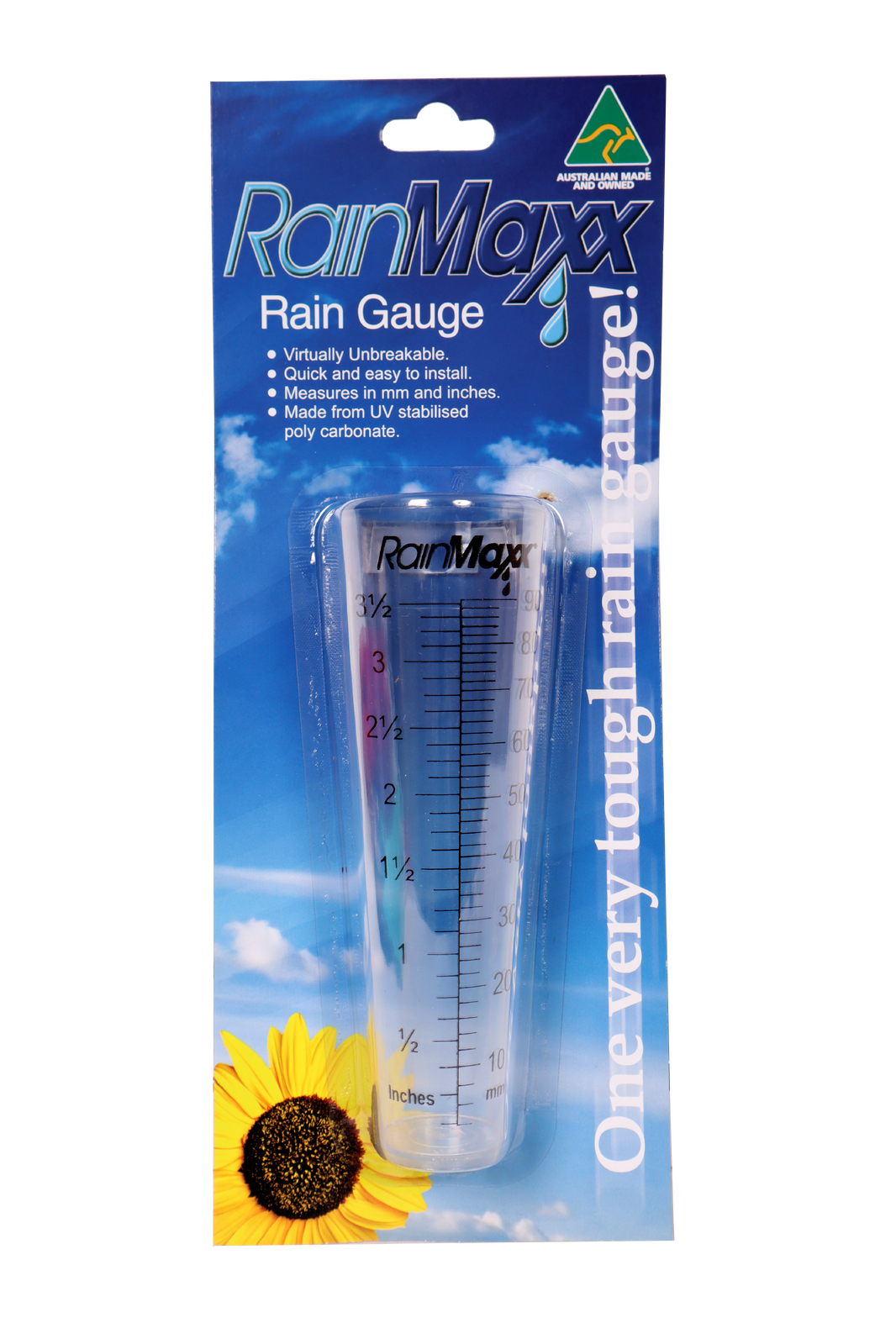Specialist Tips for Making Use Of a Rain Gauge to Monitor Citizen Weather Issues
Specialist Tips for Making Use Of a Rain Gauge to Monitor Citizen Weather Issues
Blog Article
Unveiling the Science Behind Rainfall Evaluates: Just How These Devices Play a Vital Function in Environment Research Study and Ecological Monitoring
Rain evaluates, seemingly easy gadgets, hold an extensive significance in the world of climate research study and ecological tracking. These unassuming instruments silently accumulate one of nature's most crucial aspects-- rains. Yet, behind their unpretentious facade exists an intricate scientific research that is essential for understanding the dynamics of our environment. As we peel off back the layers of this clinical shroud surrounding rainfall assesses, we reveal a world where precision, data precision, and careful observation converge to reveal a much deeper understanding of our transforming environment and its influence on the earth.
Value of Rainfall Scales
Rain assesses play an essential duty in tracking and measuring precipitation degrees, offering important data for climate research and analysis. These devices are basic in evaluating the quantity of rains that occurs in a specific location over a particular period. By gathering and gauging rainwater, rainfall determines offer beneficial understandings into the circulation and intensity of precipitation, assisting meteorologists, hydrologists, and climatologists in recognizing weather condition patterns and fads.
In addition, long-term information gathered from rainfall determines helps in analyzing climate adjustment influences and patterns, adding dramatically to scientific research study and decision-making procedures. In essence, rain evaluates offer as vital tools in the field of meteorology and environmental science, playing a critical role in advancing our understanding of weather and climate dynamics.
Sorts Of Rainfall Scales

Capability and Procedure
In the realm of environment research and atmospheric researches, the performance of rainfall assesses lies in their detailed capability and precise operational devices. Rainfall determines are developed to properly gauge the quantity of rainfall that tips over a certain area during a collection duration. These tools normally are composed of a funnel that gathers rainwater and channels it into a measuring tube. The gauging tube is noted with adjusted dimensions that permit the accurate quantification of rains.
The performance of rainfall determines is based on the concept of gauging and accumulating rainwater in a standard manner. This gathered information is crucial for recognizing regional weather patterns, tracking long-lasting environment fads, and analyzing ecological influences. To guarantee exact dimensions, rainfall gauges demand to be purposefully positioned in open locations far from obstructions such as buildings or trees that could interfere with the collection procedure.
The functional facet of rain assesses involves normal upkeep to avoid debris buildup, calibration checks to maintain measurement accuracy, and data recording for analysis (rain gauge). On the whole, the functionality and procedure of rain determines are essential for collecting trusted rainfall information crucial to climate study and ecological tracking
Duty in Climate Study
Provided the crucial relevance of precise rainfall measurements in understanding climate patterns and environmental effects, the function of rain assesses in climate research study is indispensable. Rainfall assesses supply crucial data check here for climate research study by measuring the amount of rainfall that tips over a details area throughout an offered period. This information is essential for monitoring lasting patterns in rainfall patterns, evaluating the impact of climate modification on rainfall distribution, and improving environment versions.

Environment researchers utilize information gathered from rain assesses to analyze variations in precipitation levels, identify regional climate patterns, and examine the effectiveness of water resource administration strategies. By contrasting historical rainfall information with existing measurements, researchers can detect changes in precipitation patterns, such as adjustments in the regularity or intensity of rainfall occasions. This info is essential for recognizing just how climate adjustment is influencing rainfall dynamics and can assist policymakers make informed decisions regarding adjustment and mitigation strategies.
Applications in Environmental Surveillance

In flood forecasting, rainfall gauge information assists to track rainfall strength and distribution, permitting authorities to provide timely cautions and take essential measures to mitigate flooding dangers (rain gauge). Dry spell monitoring counts on rainfall gauge data to evaluate moisture degrees in the soil and track rainfall deficiencies, assisting in the recognition of drought-prone locations and the application of dry spell feedback approaches
Moreover, rain scale data plays a crucial duty in water resource administration by offering info on water accessibility and usage trends. Additionally, in farming, rainfall scale data helps farmers in maximizing watering schedules, crop selection, and overall ranch monitoring practices based on local precipitation patterns.
Verdict
In conclusion, rainfall assesses are essential devices for measuring precipitation, supplying useful information for environment research study and ecological tracking. With various types and functionalities, rainfall gauges play a vital function in comprehending precipitation patterns and their influence on the setting. By properly gauging rainfall, these tools add to the innovation of clinical knowledge and assistance in making notified decisions pertaining to water source monitoring and disaster readiness.
Rain gauges play an indispensable duty in surveillance and gauging Visit Website rainfall degrees, giving vital information for environment study and evaluation. The standard rainfall gauge, recognized as the "tipping pail" scale, is one of the most frequently used tools. Ultrasonic rain assesses usage sound waves to detect the existence of rainfall, offering real-time information on rainfall recommended you read degrees.Climate scientists make use of information accumulated from rain determines to examine variations in precipitation degrees, recognize regional environment fads, and examine the effectiveness of water resource management methods.In verdict, rainfall evaluates are vital tools for gauging precipitation, offering useful data for climate research and ecological tracking.
Report this page